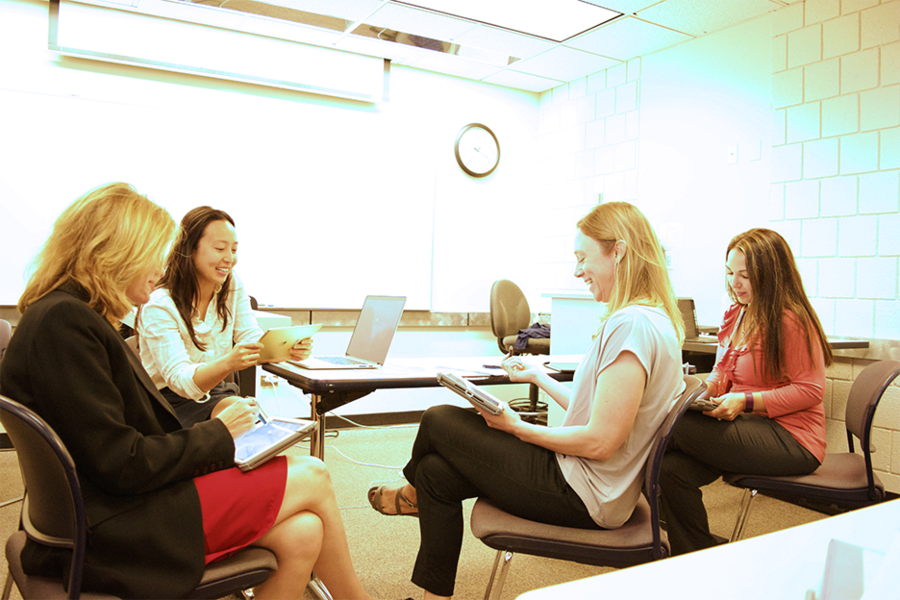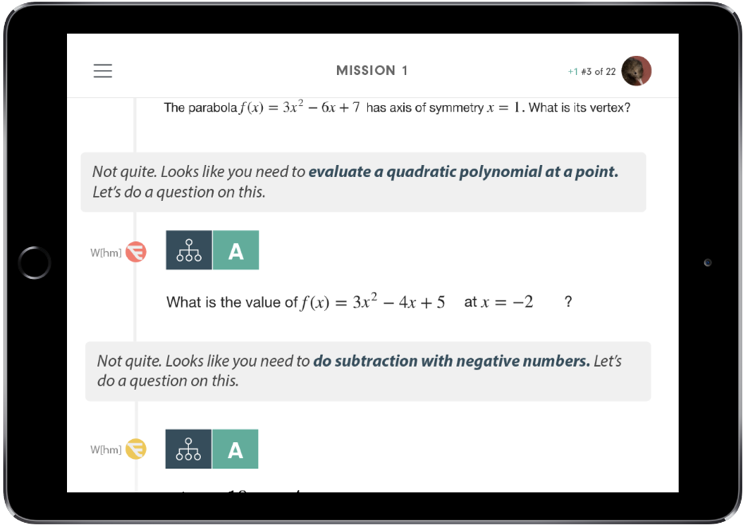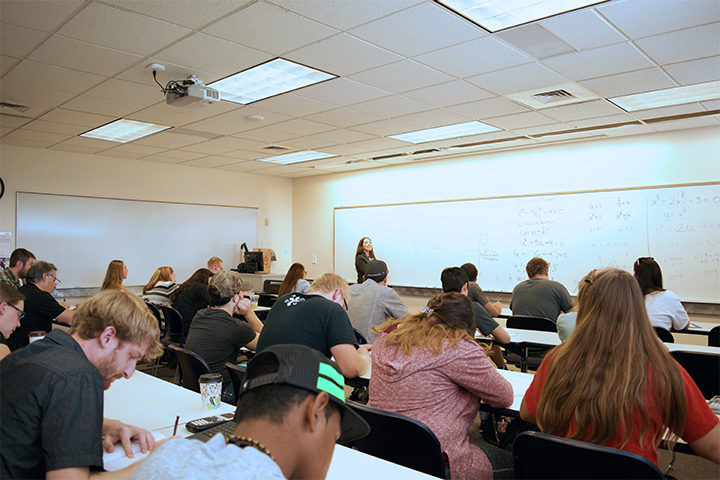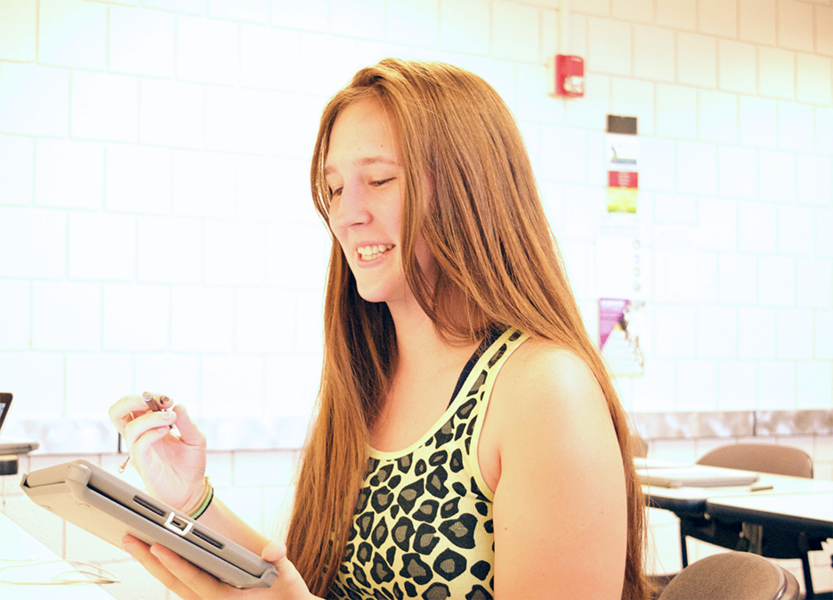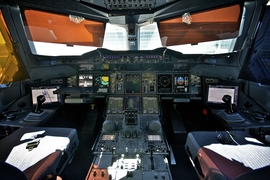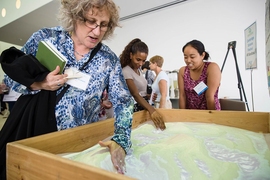Nearly one in every two undergraduates in the United States attends community college. Serving a large and diverse pool of students, community colleges are critical in bridging the job-skills gap, in empowering students to transition to four-year institutions, and in enabling opportunities for non-traditional pathways. But community colleges face an important hurdle: How can they scale so as to offer high-quality, affordable education to growing student numbers?
Now, researchers from MIT’s Department of Aeronautics and Astronautics, Office of Digital Learning, and Teaching and Learning Lab are collaborating with community colleges to develop innovative educational technology that tackles this issue.
A need for on-demand resources
The question of scaling up is one faced by Arapahoe Community College (ACC), located in the urban-metro area of Denver, Colorado, with a population of over 10,000 students. The average ACC student juggles between taking classes and working at least one part-time job, and many are considered to have a higher probability of failing or dropping out of school.
Jose Albareda is such a student.* He graduated from high school six years ago, and after a decade working different jobs, now looks to earn a four-year degree. To do so, he must pass College Algebra, a course that is standardized across the state of Colorado and guaranteed for transfer to a four-year institution. This semester, he is enrolled in a section of College Algebra. Five weeks into term, he is feeling anxious. He feels rusty on math, and with every assignment, slips a little more behind. He tries to attend office hours when they do not conflict with his part-time job, but wishes he had more immediate help during his homework time in the evenings.
This case highlights key issues of access and student completion. Even though the community college provides out-of-class resources, it cannot provide on-demand resources to meet the diverse needs of every student. And failing algebra is often the biggest hurdle for students, regardless of their ultimate degree goals.
Heidi Barrett and Danielle Staples are instructors of the College Algebra course at ACC. Typically in a semester, Staples teaches four classes, each with 25-30 students, totaling up to 120 students. Barrett, echoing faculty across community colleges, says: “It is very difficult to keep tabs on every individual student, to give the student the individualized attention they need, when every week you have a few hundred assignments to look at, to punch in grades for, to keep track of.”
Fine-tuning educational needs in real-time
Enter Fly-by-Wire.
A blended-learning technology developed at MIT, Fly-by-Wire draws inspiration from aerospace engineering and artificial intelligence. There are two components: The Fly-by-Wire Student App adapts to a student’s need in real-time, serving up dynamic formative assessments that scaffold the student to mastery, while the Fly-by-Wire Instructor App analyzes the data and makes recommendations to the instructor in a way that lets them fine-tune their instruction in real-time.
Project lead Karen Willcox, professor of aeronautics and astronautics at MIT, explains: “An instructor using Fly-by-Wire in-class is like a pilot using a computer to help fly a plane. Just as a pilot cannot keep track of hundreds of flashing sensors, an instructor cannot keep tabs on hundreds of students learning the material in different ways and at different rates. This is a big challenge for all faculty members — not just in community colleges, but also for us at MIT. But just as digital fly-by-wire systems have revolutionized how human pilots fly modern aircraft, we believe that digital technologies open the door to personalized instruction at scale in the modern classroom.”
How it works
The Fly-by-Wire team will deploy the technology in a pre-pilot study at Arapahoe Community College later this fall. In the planned operation, at the start of the class a faculty member would tap on the Fly-by-Wire Instructor App and see the questions students got wrong on their last homework assignment — as well as why they got them wrong. She could then review any fundamental misunderstandings and tap on her screen to get another question to ask students. At the end of class, she might assign additional questions as homework on the Fly-by-Wire Student App.
That evening, when a student sits down to complete his homework on the student app, getting stuck on a problem wouldn't result in hopelessly giving up on the assignment. Instead, he'd receive specific feedback from the Fly-by-Wire app on why he got the question wrong. The app would give him an easier formative assessment question to target his misunderstanding. And, after a series of such adaptive questions, he could eventually work his way toward correctly answering the original question.
“This is really cool,” Jose Albareda said enthusiastically during a recent user experience interview. “I really like that it tells me why I got this wrong and what I need to work on. It’s like the teacher is next to me. But I don’t like that it doesn’t give me anything for going through this [scaffold].”
The Fly-by-Wire team is eager for such comments. Willcox emphasizes, “This is a collaborative, iterative, and agile design effort with the community colleges; user needs drive the design of Fly-by-Wire technology.”
According to Sanjay Sarma, MIT’s vice president for open learning, the collaboration between MIT and Arapahoe Community College “allows us to work closely with teachers to develop digitally-enabled education technologies that increase the likelihood of improved learning outcomes for all. We may be able to provide new ways to personalize learning to fit students’ individual needs.”
The Fly-by-Wire project is progressing rapidly thanks to funding from the U.S. Department of Education's Fund for the Improvement of Postsecondary Education First in the World program. In October, the team plans to launch a pre-pilot, during which students in a section of College Algebra at Arapahoe Community College use the student app to complete a single assignment. In November, faculty from Arapahoe and Quinsigamond Community Colleges will visit MIT to participate in a Fly-by-Wire tech workshop. Next spring, the team plans to pilot in four class sections, and in fall 2017 will conduct a randomized control trial.
*Real name and specific details have been changed.
